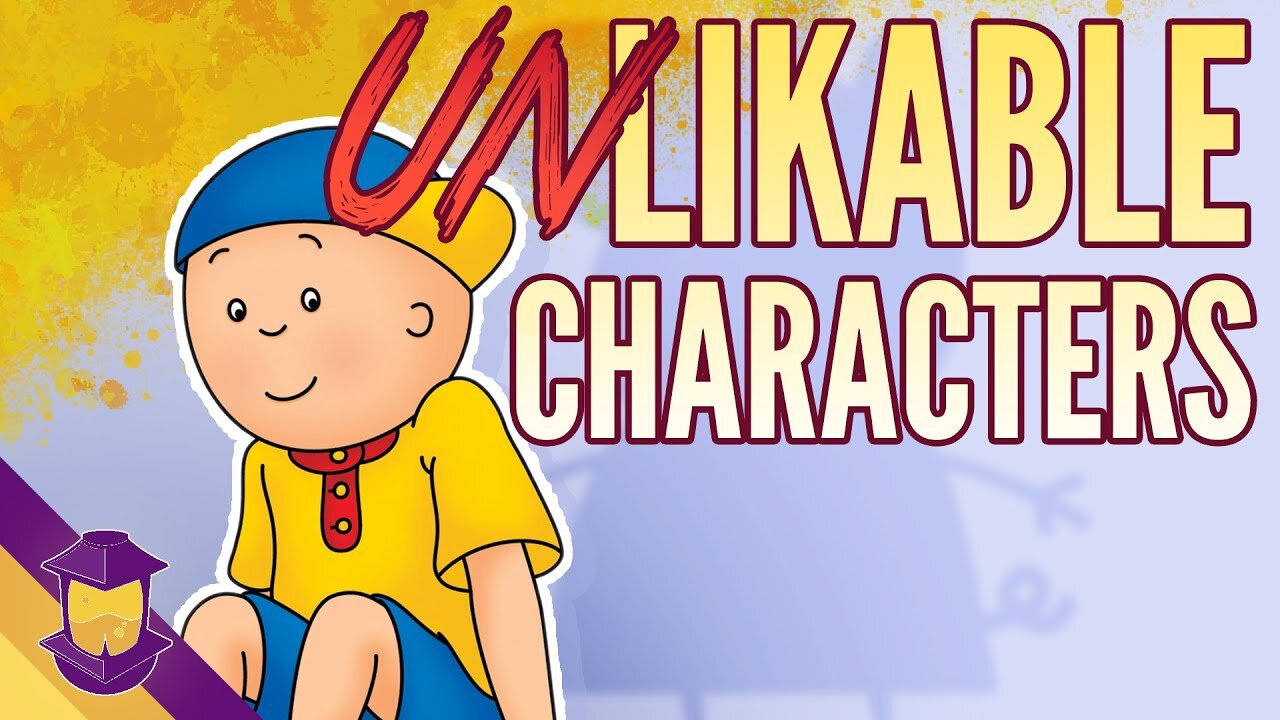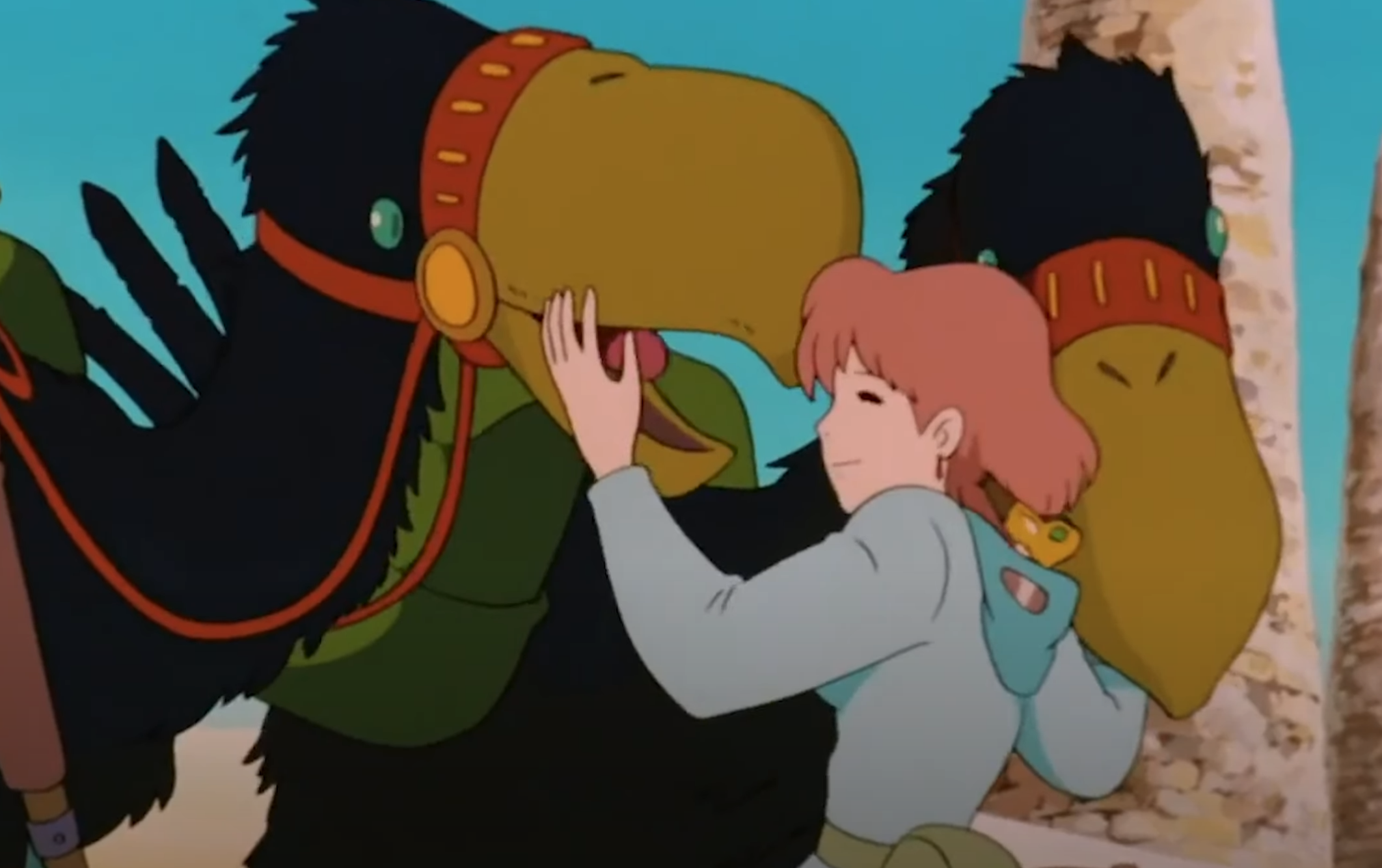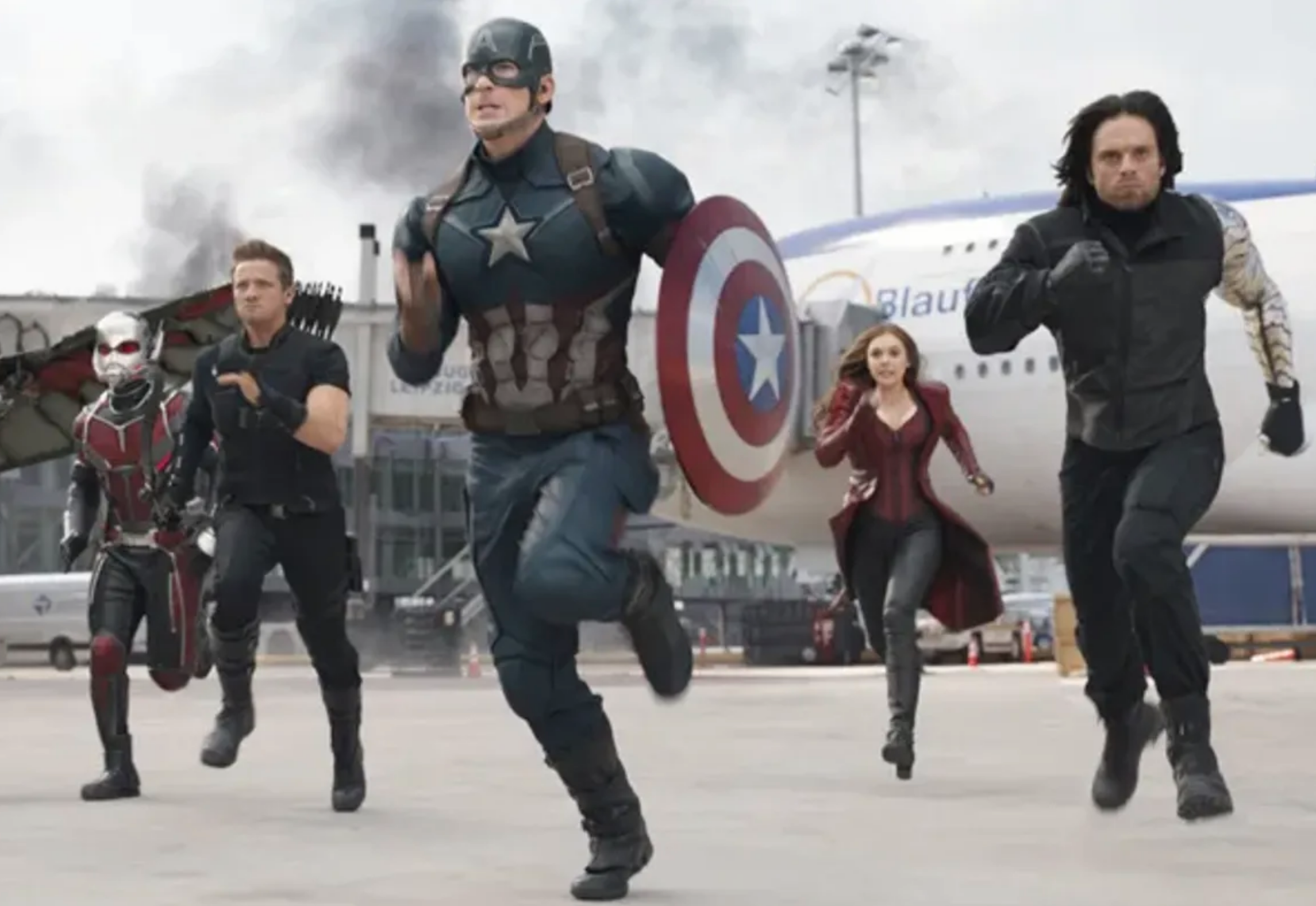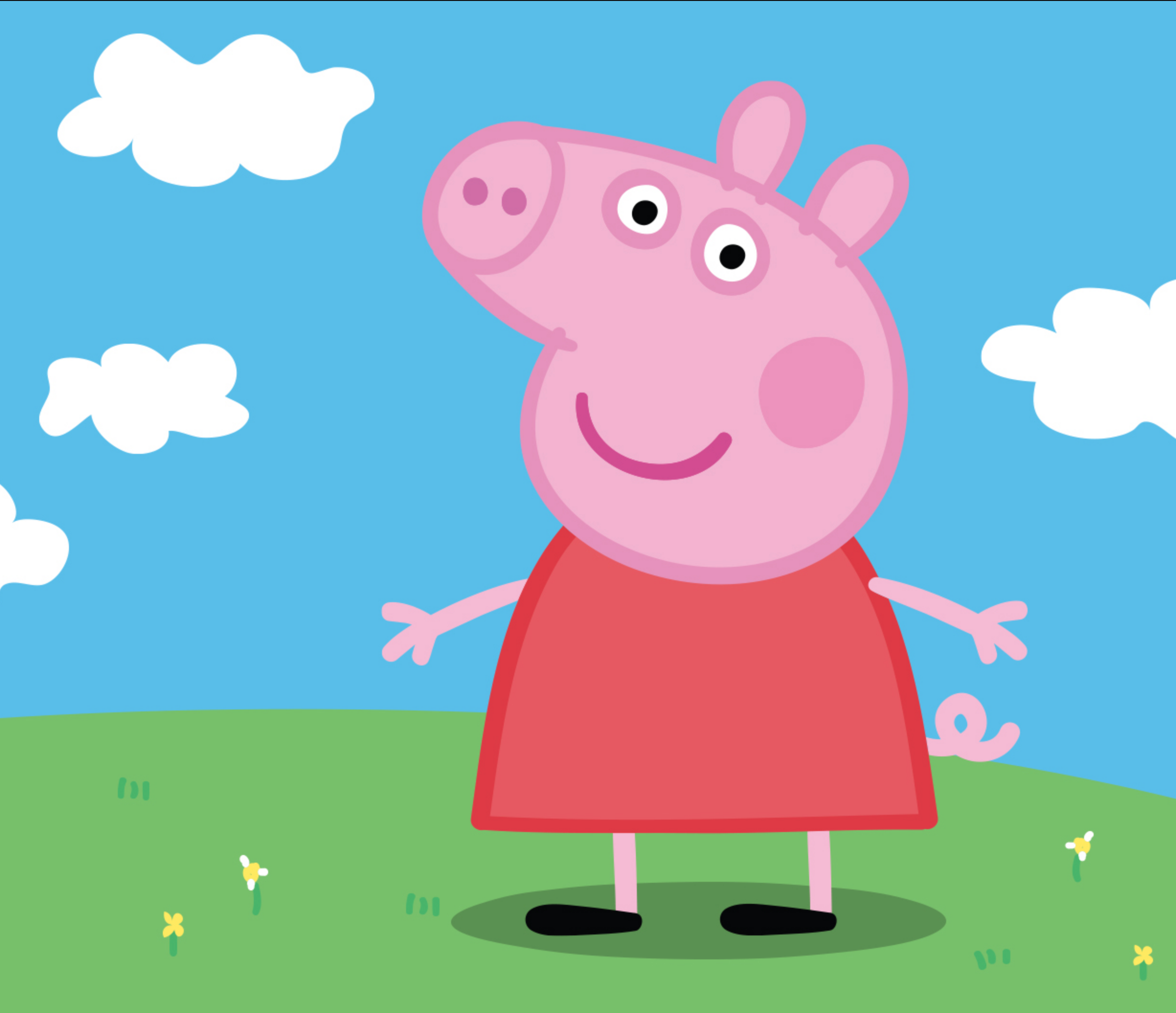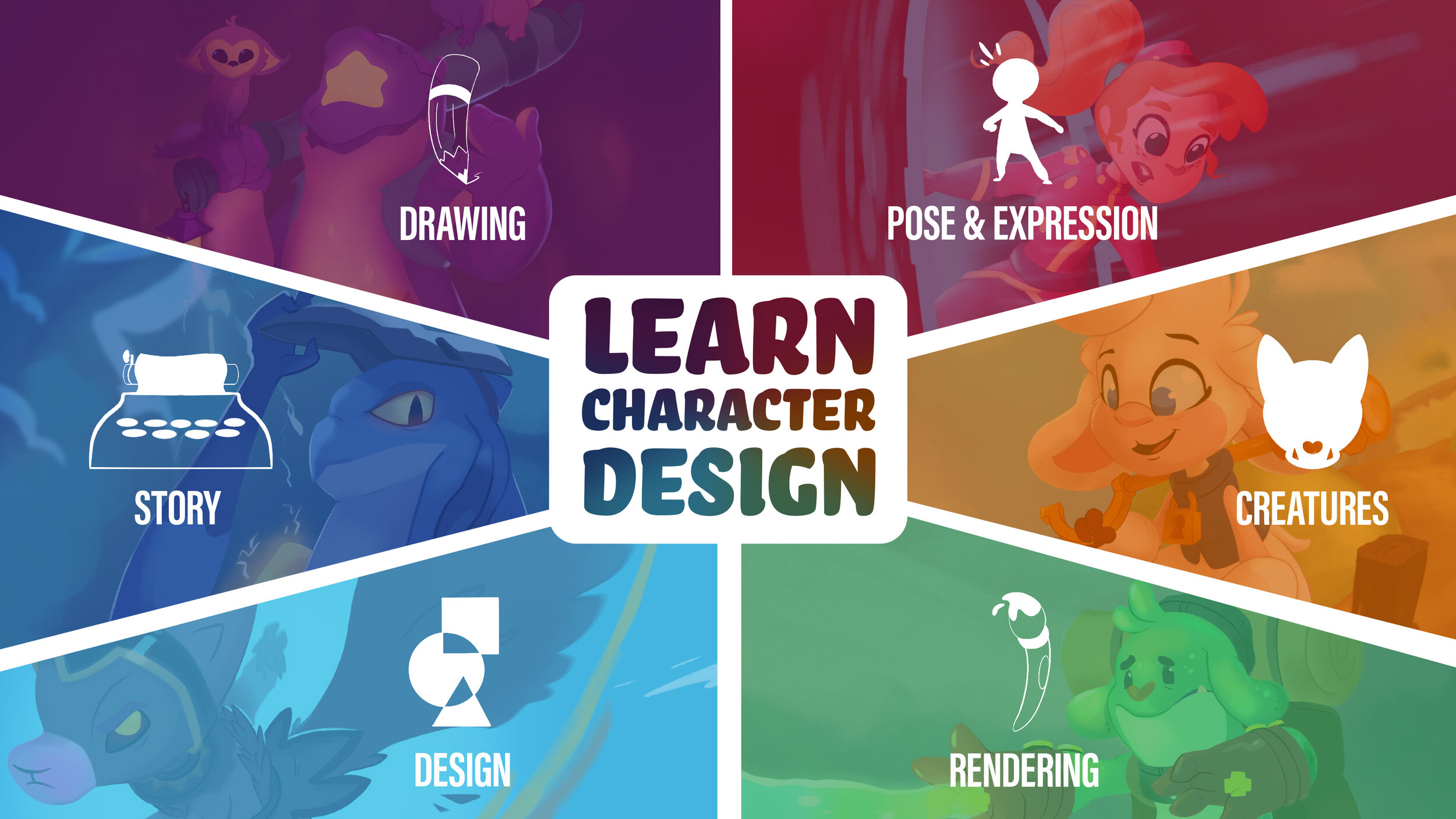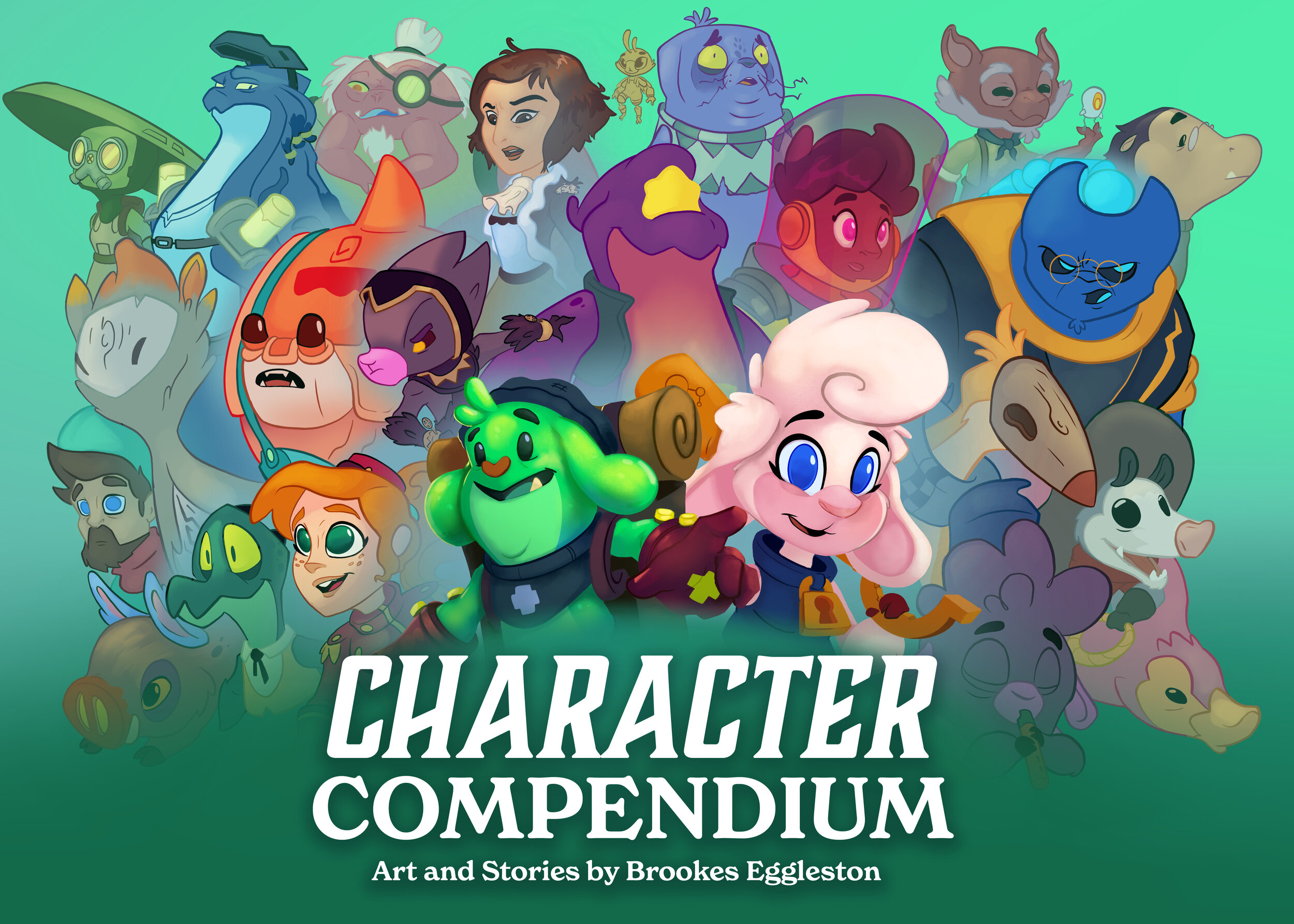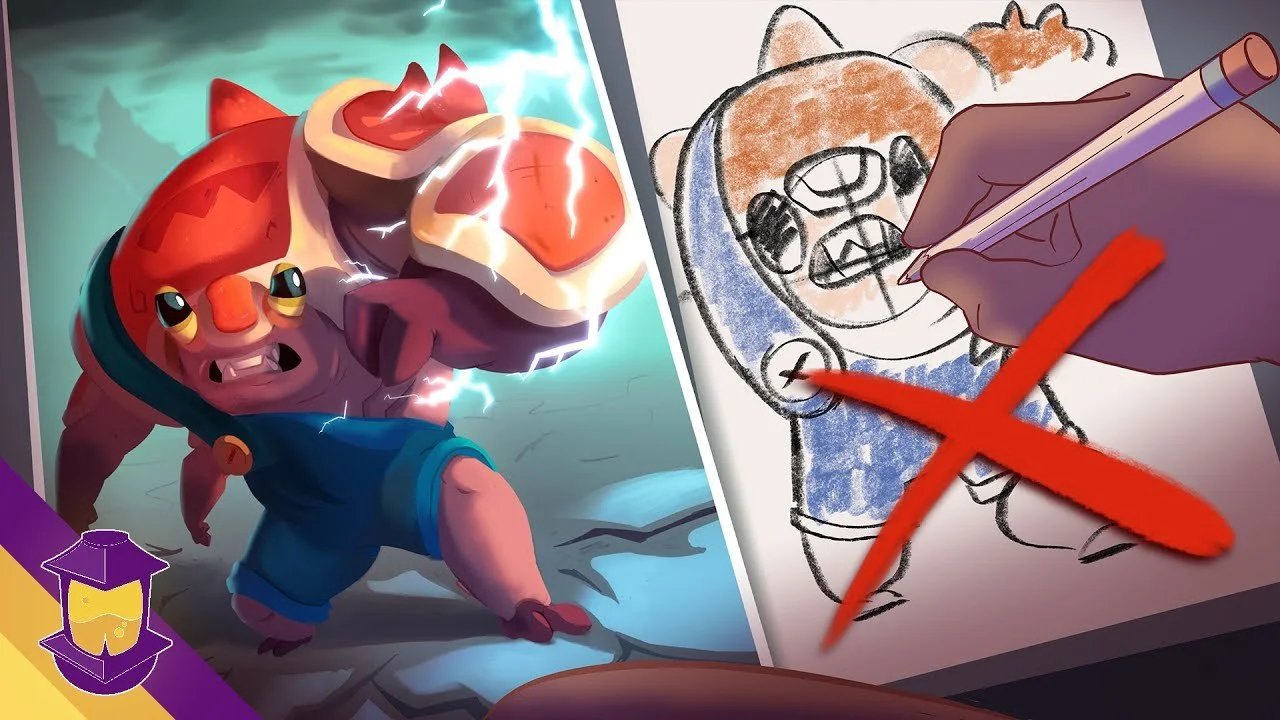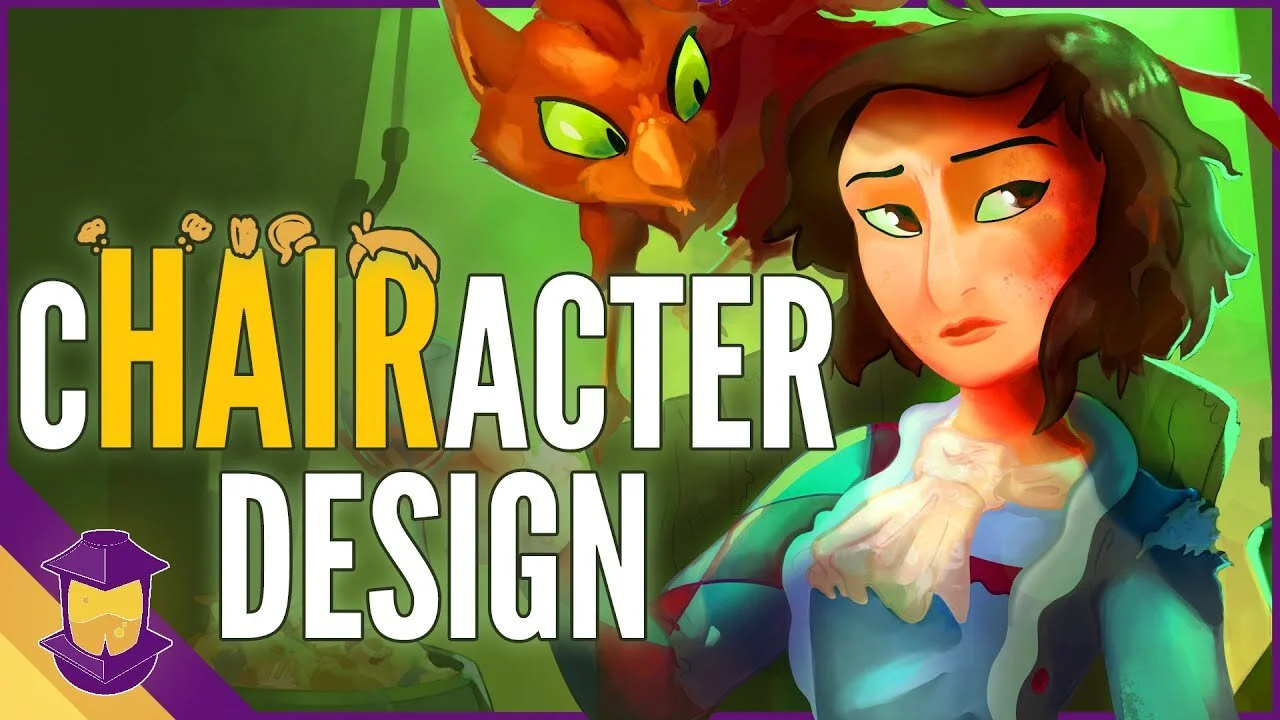How do you make a purposefully unlikeable character?
All of us have fictional characters that we can’t stand- either they’re inexplicably popular, they make decisions that make us tear our hair out in frustration, or they just straight-up get on our nerves.
Let’s say we were TRYING to make a character that no one liked, though— what sort of universal principles in storytelling would help us craft such an abomination or use as a cautionary tale of what not to do? We’re looking at the storytelling and visual elements that would lead down such a dark path.
There are 5 distinct methods guaranteed to create characters people simply can’t stand:
Flawless characters who don’t struggle with anything
Repeated character arcs
Selfish characters being unfairly rewarded
Static characters getting easy wins
Visually unlikeable characters
Let’s break down these five methods and see how you can utilize them to create a character that teaches a valuable lesson to your audience.
Watch this video now!
Flawless Characters Who Don’t Struggle With Anything
When we talk about making likable characters, the go-to factor that many beginners neglect is to actually give your characters flaws.
The thinking might be that a flawless character becomes super cool and awesome and, well, the best! But that actually backfires in most cases and creates an unrealistic person that we, as flawed individuals, can’t possibly relate to.
If you make everything easy for your character, like have them navigate every situation perfectly, or let them gain everything they ever wanted without earning it, it will be like having cheats on in a video game.
In stories, these characters make things uninteresting, and watching them do everything flawlessly will almost always get on our nerves, eventually.
There are some almost omnipotent characters who are 95% this way but with some sort of vital flaw or tradeoff that makes for an interesting story.
A lot of folks will call Superman boring for being too invincible, but some great Superman stories have still been told.
Part of the reason why a flawless character comes off as especially repulsive is because it rings of an amateurish wish-fulfillment on the part of the creator, or there’s something too-good-to-be-true that the character has to hide.
One quality tied eternally to our imperfection is humility, the recognition that we are not perfect and need to continuously learn. A character that never does anything wrong almost feels like looking through the eyes of a narcissistic fever dream. Being perfect means never having the ability to say sorry… it means… having a physiological incapability to say sorry. No, YOU’RE wrong!
2. Repeated Character Arcs
Speaking of learning and growing, that’s the core thing that happens in a character arc. A character moving externally from point A to point B is not an arc, but a character changing from a place of anger to a place of acceptance, or from a point of acting pompous to a point of being humble, that’s a character arc. Internal growth, or in some cases, erosion or descent.
I remember a very forgettable movie when I was a teenager called Vantage Point, the conceit of the movie was that you were like, seeing the same things through the eyes of a couple of different people— an interesting concept, sure.
Well, spoilers for the end of Vantage Point, but the whole movie resolves with Dennis Quaid just saving the President’s life. And that’s actually it.
It’s a completely external goal, no characters were going through anything, no one changed, an attempt on someone’s life was thwarted, and… that was it.
Dennis is over there with triumphant music swelling, acting like we’ve reached some kind of catharsis, but there was just as much emotional payoff in the theater employee sweeping popcorn up as the credits rolled.
Something happens, though, when stories go on for long enough (especially in a television series with lots of seasons). Characters will go through a struggle, experience, an amount of growth, and emerge seemingly changed.
Then, another challenge comes along, an echo of something they’ve been through before— how will they react? Well in some cases—guess what— they’re back to square one again, ready to make the same mistakes, but in the end, emerge a better person. Until it all starts over again and we’re once again back at the beginning. Leaving us to ask, when are you going to learn this lesson, old man?
A character that seems to go through the same arc repeatedly, defeats the idea of change. It creates the illusion of development but leaves us with a character that’s incredibly static.
This is different than a character that has a flaw. We aren’t upset that a villain continues to be a villain, despite the fact that what they’re doing is wrong.
The storytelling in this case puts our arcing character into the protagonist’s seat and makes a sort of promise that this is going somewhere.
Instead, they’re left complaining about the same thing, or acting in the same selfish way they have before— it becomes harder for us to identify with a universal struggle that they’re going through, and instead start to get frustrated with them personally.
Sort of like a friend who has a sob story about how they “just need to borrow $5 this one time because it’s important!” and next week “just needs to borrow $5 this one time because it’s important!” and next week, “just needs to—” it’s frustrating. The emotional impact of the sob story weakens over time and even leaves you wondering how genuine it is.
3. Selfish Characters Being Unfairly Rewarded
Speaking of being selfish, one of the defining qualities of protagonists and antagonists is what makes them inherently good or bad as far as the story is concerned.
Some amount of selfishness is simply self-preservation or aspiration.
Your character can feed themselves, dream of something bigger, pine for someone, or even start a story in a selfish place.
Eventually, though, we want to see a hero do something for someone other than themselves, especially if it comes at great cost for them.
On the other hand, an efficient shorthand that stories use to establish a villain is to showcase them causing harm or stealing from someone else to benefit themselves, perhaps without remorse or care.
In both of these cases, it’s a barometer to show us where these characters stand and what the story is saying— in basic terms— its message or viewpoint. Most stories that have an ending that “feels good” are accompanied by selfless success.
Some people enjoy stories about an antihero, where someone selfish is in the protagonist’s seat, but in a lot of cases, we’re rooting for a likable protagonist that is more selfless than selfish. The greater good tends to win out in some way, instead of one individual taking advantage of everyone else to their detriment.
Yet, one of the fastest ways to create an unlikeable character is to plug a selfish, self-absorbed, center-of-the-universe character into the hero role and pretend that they really deserve this good outcome.
Do you ever find yourself asking, “why do the other characters around the protagonist care so much about helping them? Why is their relationship so one-sided?” Does a feeling of triumph at the end of the story feel hollow? Did the hero give in to anger and rage and, like, kill a whole lot of people to reach their goal?
Some of this does come down to the execution and individual’s preference, but usually, it’s a case of the protagonist just not measuring up. A resolution of actions like that leads toward a tragic ending, yet when a happy one happens instead, it’s like we were told a cautionary tale that ends with “Always remember… anyway, it doesn’t matter.”
4. Static Characters Getting Easy Wins
Going back to character arcs, there’s a kind of story where instead of the character changing, a somewhat static character changes the world around them. Think of Nausicaa of the Valley of the Wind, Captain America, or The Pursuit of Happyness.
For this kind of story to succeed, we need both a really good idea of who this character is and WHY they do what they do, and to see them pushed to their absolute breaking point.
Otherwise, it’s really easy to get an unlikable character, one who either isn’t earning their outcomes, who is simply oblivious, or who even gets annoying as they refuse to change.
What’s happening here is Thesis, Antithesis, Synthesis. A story presents two different sides of an argument, and then shows you which side or part of both sides it thinks is right. A static character that kicks back and meanders toward the finish line while changing the world around them is like a half baked argument, which doesn’t do a good job of convincing us.
Of course, an unlikable secondary character or one that exists in opposition or obstinance to a protagonist helps add flavor to our story, and helps us bond or relate more to our main character. They just need to be likable themselves.
You probably saw Caillou in the thumbnail, and besides the memetic value and the character being pretty universally disliked, part of the reason he’s here is that he checks off a lot of these boxes.
An attempt at learning lessons happens over and over in this show that tend to always result in Caillou throwing a tantrum or crying. Here’s a character whose never ending selfish actions are placated or given undue weight.
And as far as stories being meant to carry moral weight and teach us something, a show meant to teach preschoolers where the main character gets away with being such a baby all the time— well, what lesson are we teaching there?
(You know that I mean by emotional baby, I understand that the character is a literal child.)
5. Visually Unlikeable Characters
Talking about Caillou is also my segway in to talking about VISUALLY unlikable characters.
Even though I try to be professional and not disparage other people’s work, famously sharing the same limited space of public contempt from me is Peppa Pig.
As a character designer, Peppa Pig makes me kinda… it makes me mad. I mean, the eyes are on the same side of the head, it looks like she was drawn in 4 seconds blindfolded.
And listen, a visually unlikable character is going to be far more subjective, because we’ve crossed in to a place where art and design appeals to various people’s tastes. Some of you are entitled to the wrong opinion that this creature seen above isn’t a crime.
On the other hand, certain subjective opinions are more widespread, the art-style on so called adult cartoons often gets cited as pretty unappealing.
There are some production realities, and the people working on these shows, cranking them out at absolutely minimal budgets and tight deadlines— they know. Oh yes, they know how the show looks.
Some of it is pragmatic, but the question remains: why make something look intentionally off beat or obtuse just so it’s clear that it isn’t aimed at kids? There are plenty of appealing looking animated characters that possess emotional depth and maturity.
We’ve talked before in videos like Why Your Characters Aren’t Cute, about characters that are trying too hard or feel like they’re pandering. A character that visually is overly saccharine, just like one that’s flawless, lacks any sort of tooth or contrast.
The interesting thing is, that if the principles and decision making that leads to appealing looking characters were applied to the adult animation style, there’s so much tooth or contrast in the first place that you might actually end up striking a nice balance.
Even in the comments for the video mentioned, which praised the design of Baby Yoda, there were people that pointed out they don’t care for him, or even get put off. The same idea of preference and taste applies, and it’s fantastic to remember as a creator: Not everyone will like what you make, and trying to make something everyone likes is doomed to failure. There isn’t anything that everyone universally likes— except dunking on Caillou. AYO!
So in Review, the 5 quickest ways to create characters that are purposefully unlikeable are:
Flawless characters who don’t struggle with anything.
Repeated character arcs
Selfish characters being unfairly rewarded
Static characters getting easy wins
Visually unlikeable characters
What about you? What are some characters you’ve found personally unappealing or plain unlikeable? Share in the comments section which characters you’ve found unlikeable and why!
(Remember our goal here is still to foster a positive community, so just simply posting a ruthless hate list/comment is going to get your comment erased.)
Do you Want to Master your Digital Art and Character Design Skills?
You Can Do it in Just Six Steps
Take the online course now that has helped countless students master basic and advanced character design techniques.
Available Now!
Grab Brookes Eggleston’s digital art book— a complete guide to all original characrers, stories, and concepts from the world of Character Design Forge!
Welcome to the Forge!
If you’re new here, get to know our mission here at Character Design Forge and start designing your best characters yet.

